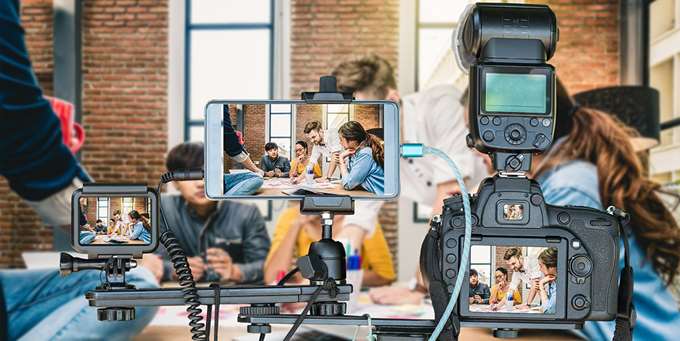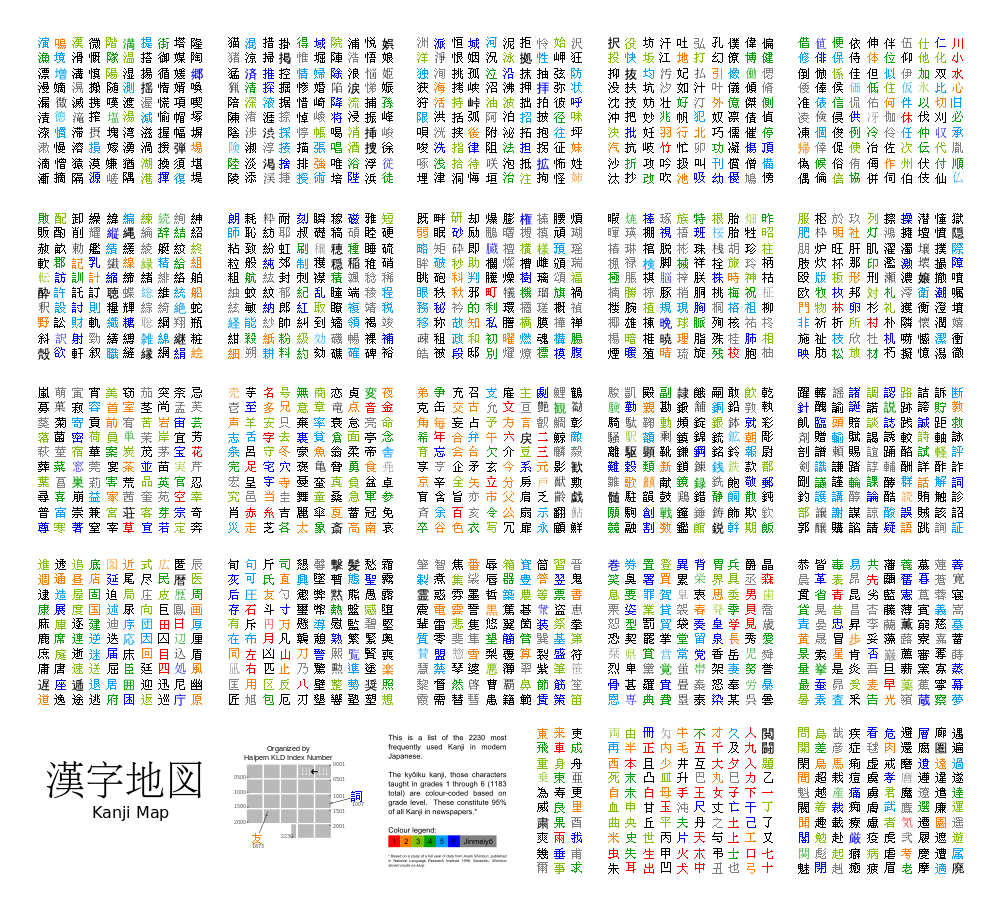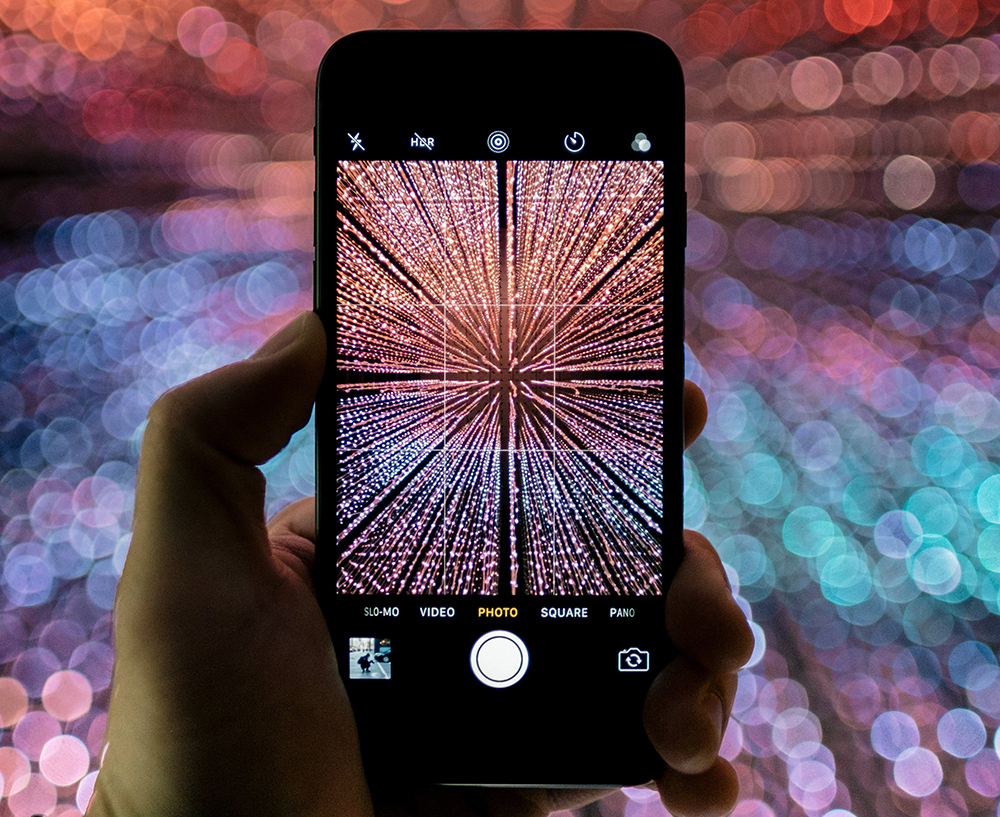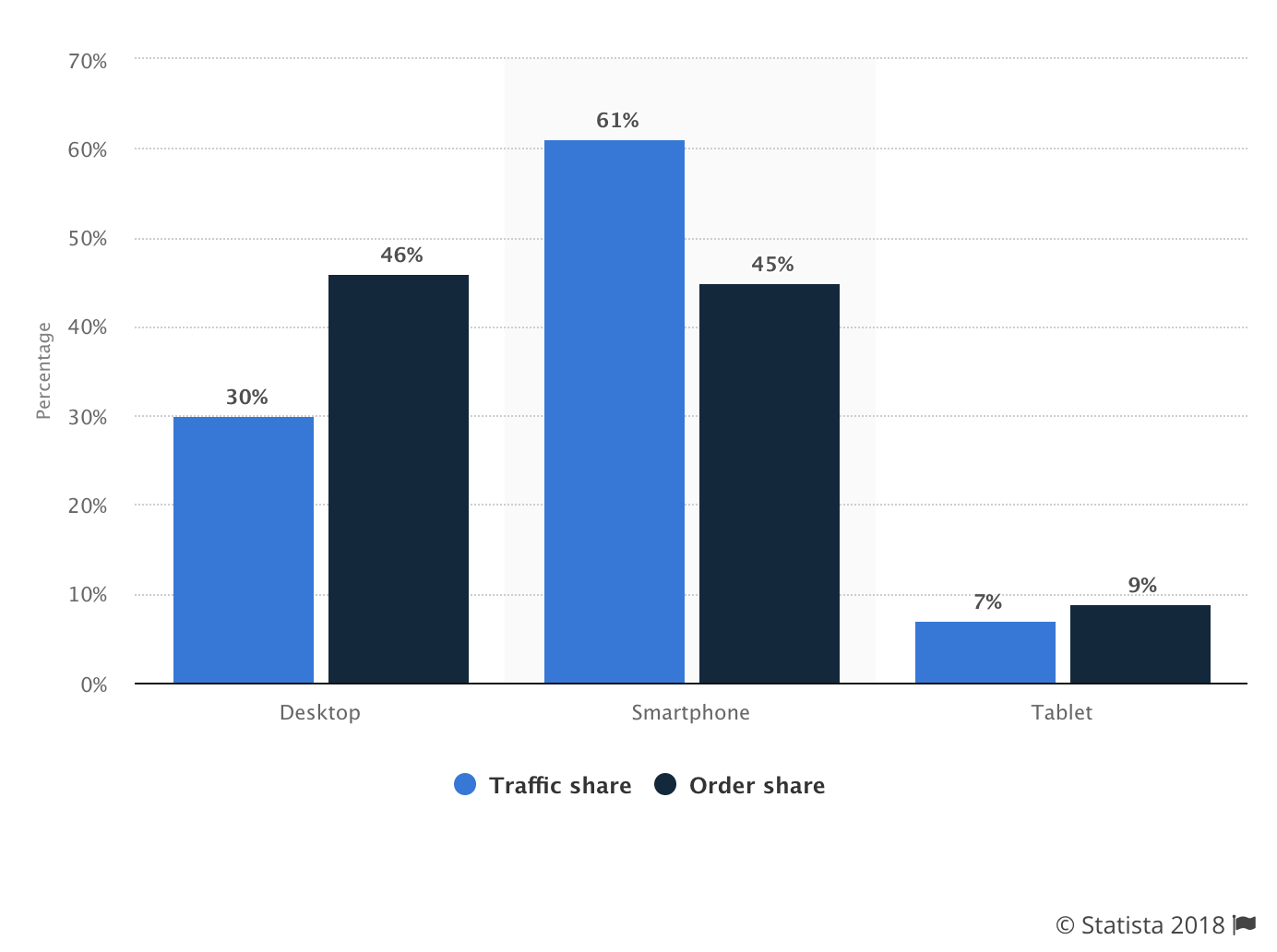Stay updated!
The best customer experience content delivered right to your inbox.
A History of Visual Communication
by UJET Team |
Communication has existed for millions of years. Animals have various forms of communication and scientists discovered cave paintings dating back more than 64,000 years ago. Communication can be verbal, visual and even physical, but all have the same purpose. It’s to convey a message.
Visual communication started with pictographs. Simple drawings that told a story or presented a message to others. Pictographs still exist today most commonly in the form of signs. You see a sign and can instantly understand the message it’s trying to convey. Road signs are the perfect present day example.
The origin of visual communication
If you go further back, written language is a collection of images that a group of people have agreed to have specific meanings. Latin, in its commonly recognized form started in six BC, and, to the unfamiliar, looks like a group of random lines. But Latin evolved and became the foundation for many European languages, including English.

Asia uses logograms like Hanzi, from China, and Kanji, from Japan. Korean is built on a phonetic structure like English, but for anyone unfamiliar, the alphabet looks more similar to other Asiatic languages. Even with all these differences, the commonality is that all these cultures use images, recognized as words, to communicate.
Arts and science
Visual communication also came from the arts and science in technical drawings and various art mediums. Paintings can capture the essence of subjects. Instead of relying on a verbal or written description, people were able to actually see the subject at hand.
This is expanded into many other mediums. Sculpture, drawing, ceramics and performing arts are all forms of visual communication that can be seen, recognized and understood. The arts provide a perspective in communication and it may be open to interpretation, but the core is providing a message.

In science, biological drawings have existed for thousands of years. From Greek physician Herophilus, who is considered the father of anatomy, to Charles Darwin’s The Voyage of the Beagle, which contained detailed drawings of “biology, geology, and anthropology;” these became tools for scientific communities and helped shape science.
Unlike art, scientific guides present the reality of the subject matter. You can’t take artistic license when presenting specific human anatomy and these guides were used as education tools for years.
Photography
According to the Harry Ranson Center, the earliest surviving photograph made in a camera was take in 1826 or 1827 by Joseph Nicéphore Niépce. Even though it’s difficult to see the “view from an upstairs window,” the invention of the photograph was a major jump in technology.
The amount of information you can convey in a single photo can explain more than a 10-minute conversation and this is why photography is still a valued way to communicate.
Instead of relying on the individual’s perspective, a photograph captures a moment in time. At the time of early cameras, the photograph was the reality. Photographs have evolved from portraits and are a large part of daily life. Photographs are used across all industries and have changed with technology.
Almost everyone carries a high-quality camera in their smartphone and uses it to communicate with friends and family directly in text and media messages along with social media platforms. The amount of information you can convey in a single photo can explain more than a 10-minute conversation and this is why photography is still a valued way to communicate.
Animation
Animation is another form of communication that dates back thousands of years. Animation today is a sequence of images to create motion, but in the past, it was a sequence of images that could be read and understood as a story. Art on a vase with a painted sequence is an early form of animation because you could view each picture and understand the story.
Flip books, or kineographs, are also a form of animation because the images create the illusion of motion. The long history of animation shows that people were drawn in by moving images. Animation is able to convey complex stories. Static images have to use the most impactful action in a single frame which animation isn’t limited by.
Film
Combining animation and photography gives you the motion picture. The earliest surviving motion picture is Roundhay Garden Scene. While short, the 1888 short film is considered the oldest surviving film.
Seven years later, Arrival of a Train (1895) is a 50-second silent film. Silent films became big business in the early days of film, as people were amazed at watching moving pictures on screen. Even without sound, you can effectively present a message solely through visuals.
Essentially, a film is identical to animation with the subject matter recorded on film on individual frames and then played in sequence. Animation uses drawn images in the same way. Film might have evolved from film to digital recording, but the core ideas have never changed.
Like a photo, even more information can be shared with a video. Vine, now shutdown, allowed users to record six second videos and many creators used that limitation to create very creative short-form narratives.
How does visual communication live now?
Ultimately, we absorb visual communication the same ways we did in the past. The main difference is the platform. We are shown digital billboards, media through mobile devices, laptops, and that’s expanding to virtual reality and augmented reality. Digital media consumption is now the norm.
Not even 15 years ago, when riding the bus, you would see people reading the newspaper or a book. Now with digital so prevalent, most people will read on smartphones or tablets. It’s driven by the convenience of having everything close and available at a seconds notice.
Mobile first
The smartphone and app ecosystems have greatly expanded visual communication. Take Yelp, as an example, people leave ratings for businesses, but the biggest draw of the app is taking pictures of food, interior, exterior, and menus.
These people are communicating with others through photos. Instead of asking your friend for recommendations, you can use the opinions of actual customers.

Apps have expanded visual communication. Messaging apps and social media offer ways for people to communicate through text, photos and videos, with the majority using photos. Instagram lets people share photos and video with the public and users often display a slice-of-life view. While the content might not be 100% true, like paintings of the past, people are consuming what is shared.
Customer service has to evolve with technology
At our core, humans are visual learners. We learn by seeing, doing, and repetition. How has visual communication changed for different industries?
SMS and MMS gives us the ability to instantly communicate with friends and family. Email also allows us that same freedom. We used to see SMS and MMS as more private communication, but that’s changed.
Now restaurants are using SMS to help with waiting lists, delivery apps use text to notify you of changes, and other businesses use it as a shortcut from email like event tickets sent through SMS.

Email, which was once considered fast, is now the turtle in the technology race. People use email like they used to mail letters. It’s sent and you expect a response in a couple hours or days later. Chat is instant and you can send a lot of information through text.
But what is lost? Frame of reference, tone of voice and body language. The information shared doesn’t have all that extra information necessary to fully understand the conversation unless you know them in person.
How can you show personality? The use of emoji and emoticon can share your personality and now with MMS, photos, animated GIFs, and more can be sent. Memes can also help when speaking with friends and family.
People use email like they used to mail letters. It’s sent and you expect a response in a couple hours or days later. Chat is instant and you can send a lot of information through text. But what is lost? Frame of reference, tone of voice and body language. The information shared doesn’t have all that extra information necessary to fully understand the conversation unless you know them in person.
Customer service has to adopt the platforms of customers
How does this work in the customer service industry? Website chat has historically been limited. You could only send messages attempting to explain the issue. And with less technologically-savvy people, finding the exact problem might take longer because the agent has to decipher what’s being explained. This lead to longer times on the phone, possible customer frustration and a lack of solutions.
Sharing photos and video is a direct avenue of communication. Think of how you send photos and videos to friends and family. They see a message and understand the context instantly.

How does this work with customer service? Did a package arrive damaged? Instead of explaining the damage, a photo will show it. A computer randomly rebooting? A video of the reboot might show the problem in a few seconds instead of a five minute conversation of every action the customer has taken. When problems involve technology, customer recall is an important part of the conversation. If they miss a step they took, it might lead to a different possible solution that isn’t the actual fix.
With more apps on smartphones and tablets, it’s becoming more common for consumers to make purchases on their devices. The split between baby boomers, Gen X and millennials is noticeable, but as millennials are aging, their use of digital technology to complete most tasks continues to grow.
And with digital interactions becoming more popular, the expectation of easy access customer service is growing. Microsoft’s 2017 State of Global Customer Service Report found that in the United States, 49% of brand customer service interactions took place online with 43% communicating over the phone. This means that more people are using online options. The same study found that 68% use a laptop or desktop to start customer service interactions.
While the majority use a computer, 32% are using a smartphone or tablet. This is likely because certain interactions, like text chat, are easier on a computer rather than mobile device. But if more options are available on mobile to shortcut interactions like photo and video, the adoption could rise faster.

Distribution of retail website visits and orders worldwide as of 3rd quarter 2018, by device. Source: Statista
If consumers are using apps, then shouldn’t customer service also be available in the app beyond a customer service telephone or email option? The psychology of knowing you will talk to someone directly has a positive impact. Instead of calling and going through multiple menus, communicating directly is the best customer experience.
Smartphones are designed to multitask. When you’re on a call, you can get a text from someone else. You’re able to open your SMS app, read and respond and return back to your call. This has to be applied to customer service.
Combining SMS/MMS with voice chat provides an improved customer service experience. Context is one of the most important tools for customer service agents to resolve issues. When a customer can explain a problem and send a photo or video, the agent is able to instantly understand the scope of the problem.
The end goal for support is to resolve the issue with speed, clarity, and customer satisfaction. Enabling the customer to actively participate gives them ownership in the conversation.
Taking that photo or recording that video includes them in problem solving and can help them feel like an active participant rather than a passive passenger in the interaction. This can increase customer satisfaction because customers realize that the agent completely understands the issue.
Voice and chat are standards for customer support teams, but the limitations of both channels is why companies need to embrace other communication methods. Agent options during support conversations don’t provide much context. The only reference they have is what the customer tells them and this can lead to misunderstandings.
Once the agent has a vague idea of the possible problem and searches the knowledge base for an answer, they might be solving an entirely different issue unrelated to the customer’s problem.
Smartphones open large opportunities for customer service, but companies also have to think outside the historical and stagnant standards that existed for many years. Landlines are slowly disappearing in favor of a mobile-only environment. Now is the time to take advantage of everything a smartphone can do and apply that to customer service.
Mobile devices are consuming customer service interactions because of the multiple avenues they open. Whether it be an in-app chat, a live chat on a website, or a phone call; brands need to adjust customer service to align with the platforms that customers choose.
The best customer experience content delivered right to your inbox.